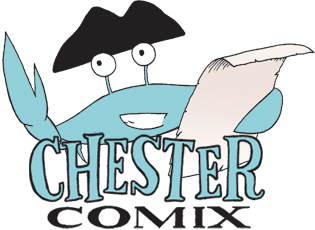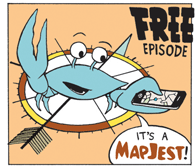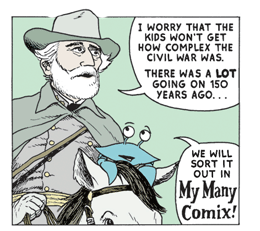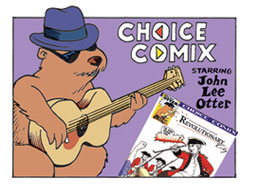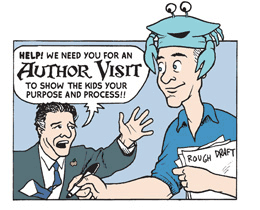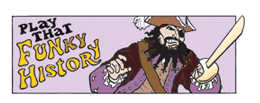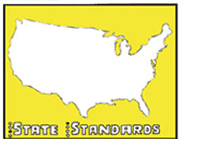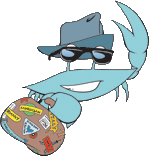The www.sciencedaily.com web site recently had a good overview of comix-and-literacy by Carol L. Tilley, a professor of library and information science at Illinois. Her analysis matches the points I try to get across to teachers and librarians and parents: that comics are just as sophisticated as other forms of literature, and children benefit from reading them at least as much as they do from reading other types of books.
If reading Dr. Seuss to kids at age 5 is good, then it’s good for that same kid to read Spider-Man at age 10. Comix shouldn’t be the only thing kids read, but if it’s the favorite form of reading for a child who would otherwise be playing a video game or watching TV, then let’s keep comix near him!
Why do we assume that reading a chapter book with no pictures is the highest form of literacy? A book without visual images does not look like the world I live in — a novel is actually an artificial construction, cutting off most of the information we use to navigate the real world (visuals, sound, interplay in conversation . . . ). In their own way, novels-without-pictures are as much an artificial environment as any video game — and can be as fun and as worthwhile to dive into as any video game, but why do we as a culture continue to assume that novels are superior to other forms of media?
Soon, articles like the one I’m linking to won’t appear because the category lines in children’s literature will have blurred so much. I try to blur that line in my author’s talks to students and in my teacher in-service training programs. I ask people to compare the page layout of a children’s book with pages from comix, and, like Tilley here, we can see the distinct comic book tools — frames, thought and speech bubbles, motion lines — being co-opted by children’s books, creating a hybrid format.
Here’s the whole article:
www.sciencedaily.com/releases/2009/11/091105121220.htm
Tags: Bentley Boyd, Chester Comix, Chester the Crab, comic book, literacy
This entry was posted on Sunday, November 15th, 2009 at 9:20 am and is filed under literacy. You can follow any responses to this entry through the RSS 2.0 feed. You can skip to the end and leave a response. Pinging is currently not allowed.
